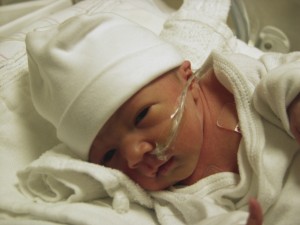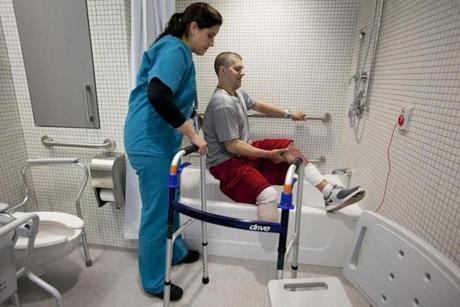Glen Gillen, EdD, OTR, FAOTA, recently gave the Eleanor Clarke Slagle Lecture, at the AOTA annual confernece. His talk, titled “A Fork in the Road: An Occupational Hazard?” looked at contemporary OT practice through a historical lens.
Please click here for a summary of the lecture in the Advance OT May 2, 2013

The Slagle lectureship award is one of the highest honors in occupational therapy and recognizes an AOTA member who has creatively contributed to the development of the body of knowledge of the profession through research, education, and/or clinical practice. Dr. Gillen’s lecture was given at the AOTA Annual Conference & Expo in San Diego, California in 2013.
Glen Gillen is currently an Associate Professor of Clinical Occupational Therapy at Columbia University. He has authored over 50 publications including textbooks, chapters, and peer reviewed research. Glen is best known in the neurorehabilitation community for his contribution to the literature, the textbook Stroke Rehabilitation: A Function-Based Approach third edition and Cognitive and Perceptual Rehabilitation: Optimizing Function both published by Elsevier. Glen’s experience spans the continuum of care from acute to long term care. A past recipient of AOTF’s Award for Clinical Excellence in Rehabilitation and AOTA’s Recognition of Achievement Award, Glen lectures extensively on the local, state, national, and university level regarding multiple topics related to neurorehabilitation. He maintains a clinical caseload working in the areas of acute care and inpatient rehabilitation. He serves on several editorial boards for journals related to physical medicine and rehabilitation.
Glen Gillens courses with Education Resources:
Evaluation and Treatment of Cognitive-Perceptual Problems: A Function-Based Approach
Treatment of the Neurologic Upper Extremity
What Therapists are saying about Glen Gillen’s courses:
This course did an excellent job of breaking down typical problems with neurologic upper extremity and presenting treatment interventions based on current research. I would highly recommend this to anyone who works with the adult neuro population.
Renee Schmidt
Glen is probably one of the best speakers I’ve heard. His lecture was organized, knowledge-based and occasionally witty! I would recommend this to everyone.
Sheryl Morianty
Glen used a great mix of lecture, slides, personal stories and video to keep the course interesting. I definitely feel that I have learned some great ways to improve my clinical skills as an OT.
Stacy Munson
No matter how long I’ve been practicing, I find it refreshing to attend education courses that make me really look at how I practice and how I can be a better therapist. Thank you. Melissa Mielcars
 June Smith[/caption]
June Smith[/caption]




 Occupational therapist helped Marathon bombing victim. Yoon S. Byun/Globe staff[/caption]
Occupational therapist helped Marathon bombing victim. Yoon S. Byun/Globe staff[/caption]